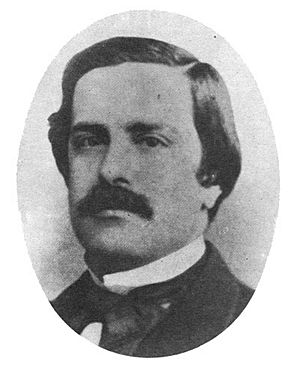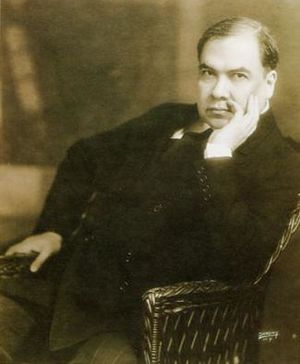Rubén Darío facts for kids
Quick facts for kids
Rubén Darío
|
|
|---|---|
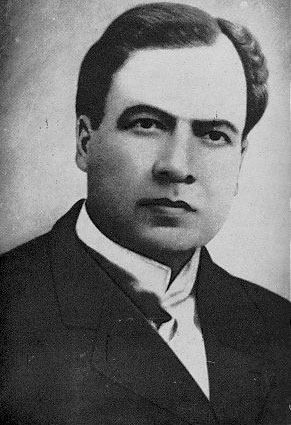 |
|
| Born | Félix Rubén García Sarmiento 18 January 1867 Metapa, today known as Ciudad Darío, Matagalpa, Nicaragua |
| Died | 6 February 1916 (aged 49) León, Nicaragua |
| Occupation |
Resident Minister of Foreign Affairs in Spain, Consul of Colombia in Buenos Aires, Consul of Nicaragua in Paris, France, Consul of Paraguay in Paris, France |
| Literary movement | Modernismo |
| Notable works | Azul, Prosas Profanas y otros poemas, Cantos de vida y esperanza, Canto a la Argentina y otros poemas |
| Spouse |
|
| Signature | |
 |
|
Félix Rubén García Sarmiento (born January 18, 1867 – died February 6, 1916), known as Rubén Darío, was a famous Nicaraguan poet. He started a major Spanish-language writing style called modernismo (modernism). This style became very popular in the late 1800s. Darío had a huge and lasting impact on Spanish literature and journalism in the 20th century. People called him the "Prince of Castilian Letters" and the true founder of the modernismo movement.
Contents
Early Life and Education
Rubén Darío was born in Metapa, Nicaragua, which is now called Ciudad Darío. Even though his family name was García, his father's family had been known as "Darío" for many years.
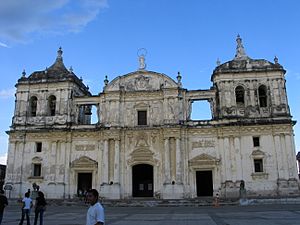
He spent his childhood in León, Nicaragua. His mother's aunt and uncle, Félix and Bernarda, raised him. He thought they were his real parents when he was very young. He didn't often talk with his mother, who lived in Honduras, or his father.
Rubén Darío learned to read when he was only three years old. He started writing poems very early. A poem he wrote in 1879 still exists. He first published his work in a newspaper when he was just thirteen years old. This was an elegy (a sad poem) called Una lágrima, published in July 1880. He also wrote for a literary magazine in León and became known as a "child poet."
In 1881, he moved to Managua, the capital city. Some politicians wanted him to study in Europe because of his poetry talent. However, his poems were seen as too critical of the church, so he didn't go to Europe. He stayed in Managua and continued writing for newspapers.
Time in El Salvador
In August 1882, Darío traveled to El Salvador. There, he met the country's president, Rafael Zaldivar. He also met the Salvadoran poet Francisco Gavidia, who knew a lot about French poetry. With Gavidia's help, Darío tried to use French poetry styles in Spanish for the first time.
He became quite famous in El Salvador and had an active social life. However, he faced money problems and got smallpox. In October 1883, he returned to Nicaragua. He lived briefly in León and Granada before moving back to Managua. He worked at the National Library of Nicaragua. During this time, he kept trying new ways of writing poetry. He even wrote a play called Cada oveja..., which was successful but no copies remain today.
Moving to Chile
Life in Managua wasn't what he wanted, so Darío decided to go to Chile in June 1886. He arrived in Valparaiso. In Chile, he worked for a newspaper called La Época in Santiago.
While in Chile, Darío faced some difficulties. But he made friends, including Pedro Balmaceda Toro, the son of the president. He published his first book, Abrojos, in March 1887. In July 1888, his important book Azul was published in Valparaiso.
Azul... was a collection of poems and stories that had already appeared in Chilean newspapers. At first, it wasn't a huge success. But a very important Spanish writer and critic, Juan Valera, praised it. He wrote two letters about Darío in a Madrid newspaper in October 1888. Valera recognized Darío as "a prose writer and poet of talent." These letters helped Darío become famous.
Travels and Career
His new fame helped Darío get a job as a newspaper writer for La Nación in Buenos Aires. This was a very popular newspaper in Latin America. In March 1889, he returned to Nicaragua. His stay was short, and he moved to San Salvador. There, he became the director of a newspaper called La Unión.
In June 1890, he married Rafaela Contreras. Soon after, there was a political change in El Salvador. Darío decided to leave El Salvador and moved to Guatemala. In December 1890, he became the director of a new newspaper, El Correo de la Tarde. In January 1891, his wife joined him in Guatemala, and they had a church wedding. Their first son, Rubén Darío Contreras, was born in November 1891 in Costa Rica, where they moved after his newspaper closed.
In Argentina
In 1892, Darío traveled to Guatemala and Nicaragua to find better work. The Nicaraguan government then sent him to Madrid, Spain. He was part of a group celebrating 400 years since America was discovered. On his way, he stopped in Havana and met other artists. In Spain, he met many famous poets, novelists, and politicians.
In 1893, Darío was in Managua. He married Rosario Murillo.
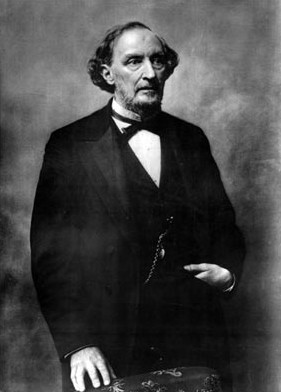
Darío was welcomed by writers in Buenos Aires, Argentina. He wrote for several newspapers. He also had a job as a consul for Colombia, but it was mostly an honorary title. He lived a creative life in Buenos Aires. He met important people like the politician Bartolomé Mitre and other poets.
His mother, Rosa Sarmiento, died in May 1895. In October 1895, he lost his job as consul. He then worked as a secretary for the mail and telegram service in Argentina. In 1896, Darío published two very important books in Buenos Aires: Los raros and Prosas profanas y otros poemas. Prosas profanas helped establish Spanish literary modernism.
Darío wanted to travel to Europe. He got a chance when La Nación needed a writer in Spain. He was to report on Spain after its defeat in the Spanish–American War in 1898. Darío left for Europe in December 1898 and arrived in Barcelona.
Between Paris and Spain
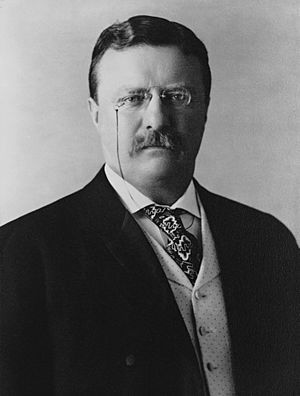
Darío arrived in Spain to write about the country's mood after losing its colonies. These writings were later put into a book called España Contemporánea. He showed great sympathy for Spain and believed it would recover. In Spain, many young poets admired Darío and his Modernism style. These included future famous writers like Juan Ramón Jiménez and Ramón del Valle-Inclán.
In 1899, Darío met Francisca Sánchez del Pozo in Madrid. She became his partner for the rest of his life. In April 1900, Darío went to Paris to cover the World's Fair. His articles from this trip were later published in a book called Peregrinaciones.
He lived in Paris for several years. In 1901, he published a second edition of Prosas profanas. He had two children with Francisca, but both died very young. During these years, Darío traveled around Europe, visiting countries like the United Kingdom, Germany, and Italy.
In 1905, he went to Spain to help Nicaragua with a land dispute. That year, he published his third major poetry book, Cantos de vida y esperanza, los cisnes y otros poemas. This book included famous poems like "Salutación del optimista" and "A Roosevelt". In "A Roosevelt," he praised Hispanic culture and warned about the influence of the United States. Here are some lines from "A Roosevelt":
|
Eres los Estados Unidos, |
You are the United States |
In 1906, he attended a conference in Rio de Janeiro. There, he wrote a poem called "Salutación del águila," which showed a different view of the United States. This poem was criticized because it seemed to change his earlier opinion.
Ambassador in Madrid
After returning to Nicaragua, Darío was warmly welcomed. He was named the resident minister (ambassador) for Nicaragua in Madrid, Spain. He faced money problems because his budget was small. He relied on his salary from La Nación and help from friends. When the Nicaraguan president, José Santos Zelaya, was overthrown, Darío had to resign from his diplomatic job in 1909.
Later Years and Death
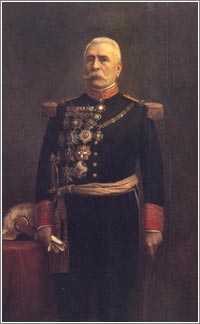
In 1910, Darío traveled to Mexico to celebrate 100 years of Mexican independence. However, the Nicaraguan government changed while he was away. The Mexican leader, Porfirio Díaz, refused to meet with Darío. But the Mexican people welcomed him.
After this, Darío went to Havana and then returned to Paris in November 1910. He continued to write for La Nación. In 1912, he accepted an offer to direct two magazines, Mundial and Elegancias. To promote them, he toured Latin America, visiting cities like Rio de Janeiro, São Paulo, and Buenos Aires. During this time, he also wrote his autobiography, La vida de Rubén Darío escrita por él mismo.
In 1913, he went to Mallorca, Spain. He started writing a novel there, but he never finished it. His health began to get worse. In 1914, he returned to Paris and then Barcelona. He published his last important poetry book, Canto a la Argentina y otros poemas.
Rubén Darío died on February 6, 1916, in León, Nicaragua. He was 49 years old. His funeral lasted several days. He was buried in the city's cathedral on February 13, 1973, near a statue of Saint Paul.
Poetry Style and Influences
Rubén Darío was known for his amazing skill with words. He used many different types of rhythms and stanza forms in his poems.
Influences
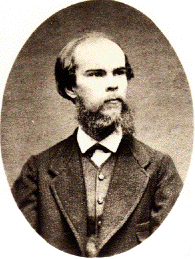
French poetry had a huge impact on Darío. He was influenced by Victor Hugo (a Romantic poet) and later by the Parnassians, like Théophile Gautier. He also admired the Symbolist poets, especially Paul Verlaine. Darío himself said he was "strong with Hugo and ambiguous with Verlaine."
He also admired the Cuban national hero and writer, Jose Martí. In his book Los raros, Darío wrote about writers he admired. Most of them were French, like Edgar Allan Poe, Paul Verlaine, and Léon Bloy. He once said, "Modernism is nothing more than Spanish verse and prose passed through the fine sieve of the good French verse and the good French prose." This shows how much he valued French culture in his writing.
Darío also admired Spanish poets like Gustavo Adolfo Bécquer. After his second trip to Spain in 1899, Spanish themes became very important in his work. He was concerned about Spain's decline in politics and art, a feeling shared by other writers of his time. He also admired three American writers: Ralph Waldo Emerson, Edgar Allan Poe, and Walt Whitman.
How His Poetry Changed
Rubén Darío's poetry changed over time. His most important works are Azul... (1888), Prosas profanas y otros poemas (1896), and Cantos de vida y esperanza (1905).
Before Azul..., he wrote books like Epístolas y poemas (1885), Rimas (1887), and Abrojos (1887). In these early works, you can see the influence of Spanish classic writers and Victor Hugo. His poems were mostly romantic.
In Azul... (1888), he used many different rhythms and styles. This book showed his concern about society. A new, expanded edition of Azul... was published in 1890.
The book Prosas profanas y otros poemas marked the peak of Modernism and Darío's poetry. It included poems with mysterious themes and his unique style. In 1905, he published Cantos de vida y esperanza. This book showed a more personal and thoughtful side of his work. It also included poems about civic issues, like "A Roosevelt". This trend continued in his later works, El canto errante (1907) and Canto a la Argentina y otros poemas (1914).
Legacy and Impact
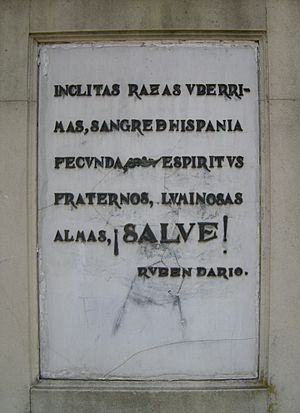
Rubén Darío is considered the start of the modern age in Spanish language poetry. Many experts say that Spanish poetry is different before and after him. He brought new ideas and modern feelings from French poetry styles into Spanish verse, changing it forever. He led one of the most important poetry revolutions in Spanish.
- To honor 100 years since his birth in 1867, Nicaragua created a special gold medal and postage stamps.
- There is a Rubén Darío street and a museum in his honor in Nicaragua. His face appears on statues, paintings, and even lottery tickets. The National Library of Nicaragua Rubén Darío was renamed after him.
- In Madrid, Spain, there is a Rubén Darío Plaza and a Rubén Darío metro station.
- The novel Yo-Yo Boing! (1998) by Giannina Braschi includes a discussion about Rubén Darío's genius compared to other Spanish poets.
- There is a Rubén Darío train station in Buenos Aires, Argentina.
- On January 18, 2013, Google celebrated Rubén Darío’s 146th Birthday with a special Google Doodle.
Images for kids
See also
 In Spanish: Rubén Darío para niños
In Spanish: Rubén Darío para niños


